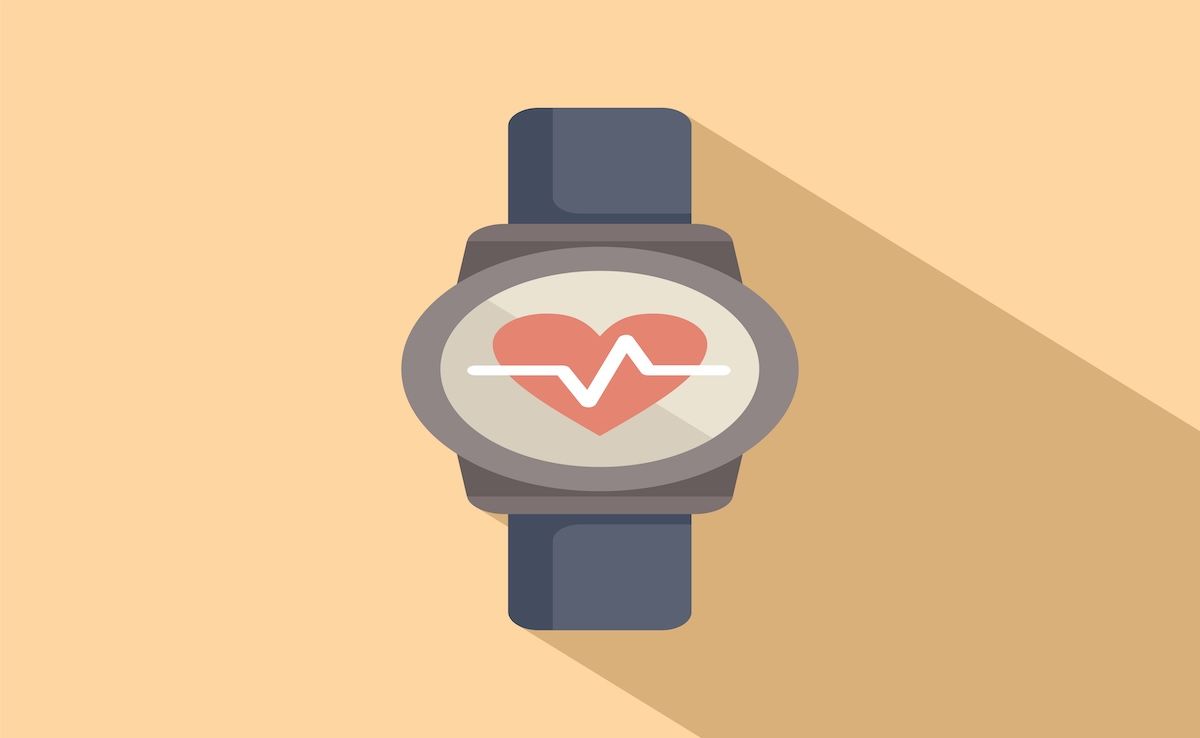Article
High Persistent Spending Fairly Common Toward End-of-Life
Author(s):
High persistent spending is unusually common during the year before death, researchers find.
After studying the spending patterns leading up to death, researchers have found that high persistent spending is unusually common during the year before death. The study, published in Health Affairs, suggested that spending at the end of life is a marker of general spending patterns often set in motion long before death. Understanding the various classifications of spending patterns could have important health policy implications that could improve quality of treatment while reducing costs for people nearing death.
The research team, led by Matthew Allen Davis, PhD, MPH, identified the 4 most common curves in healthcare spending: high persistent, moderate persistent, progressive, and late rise spending. Astonishingly, roughly half of the participants recorded high spending throughout the full year before death for multiple chronic conditions.
“These findings suggest that spending at the end of life is a marker of general spending patterns often set in motion long before death,” said Davis, an assistant professor in the Department of Systems, Populations, and Leadership at the University of Michigan School of Nursing, Ann Arbor.
Study Method
The participants for the study included a random sample of Medicare beneficiaries who died in 2012. Their spending patterns during the last year of life were identified and analyzed. The final sample size of 99,848 decedents, ages 66 to 99, were studied based on their sociodemographic characteristics, conditions based on diagnoses on health care claims, and health services use. Only patients suffering from cancer, cardiovascular disease, and other types of organ failure were selected for the study.
Results
The mean age was 83.2 years, 55.5% were female and 88% were non- Hispanic white.
Besides the demographics, the researchers identified 4 distinct spending categories in the last year of life:
- High persistent spending meaning high initial and steadily increasing spending throughout the last year of life (48.7%)
- Moderate persistent spending meaning initial moderate-high spending followed by a dip and then an increase in the last four months of life (29%)
- Progressive spending meaning spending that started relatively low but increased steeply throughout the time period (10%)
- Late rise spending meaning spending that was low up to four months before death and then increased exponentially (12.1%)
Additionally, high persistent spenders also had greater use of all health services such as more outpatient visits to specialists, more inpatient days, and more days in skilled nursing facilities.
Understanding Spending Helps Reduce Costs
Understanding end-of-life spending is crucial to health care policy makers and providers since it accounts for approximately 30% of national Medicare spending. On average, Medicare spends $40,000 to $50,000 per decedent in the last year of life compared to only $7000 per year for non-decedents.
“It should not be a surprise that people who are sick and dying use large amounts of healthcare resources,” Davis explained. “The question remains whether the trajectories of spending at the end of life vary in meaningful ways. More detailed information about the course of spending near the end of life might provide important insights about the drivers of end-of-life spending and shed light on potential strategies to mitigate the costs while preserving high-quality care for people who are dying.”




